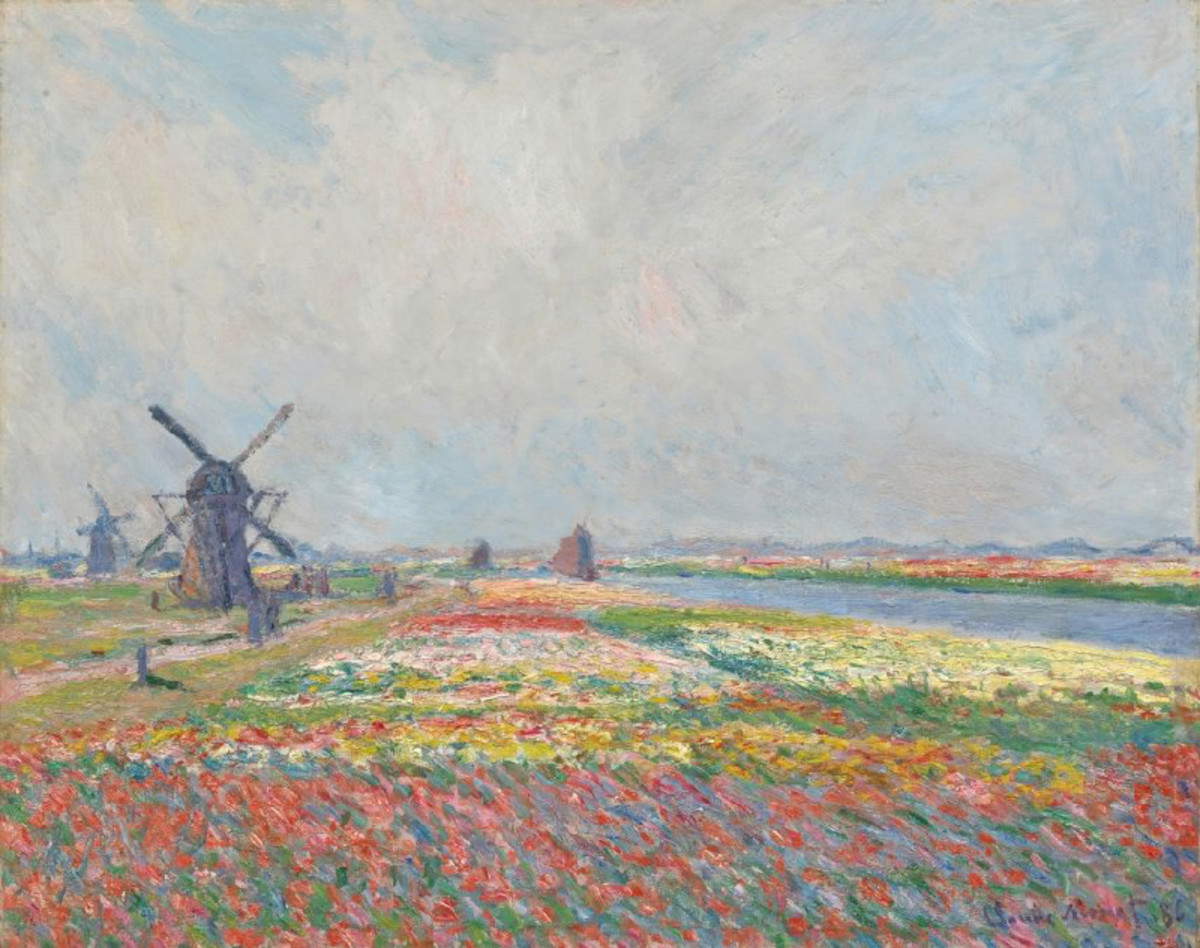How was Impressionism received in the Netherlands? The Van Gogh Museum investigates the topic with more than one hundred works
To celebrate the 150th anniversary of Impressionism, the Van Gogh Museum in Amsterdam is hosting the major retrospective Vive l’impressionnisme! Masterpieces from Dutch Collections. Thanks to an unprecedented collaboration between fifteen Dutch museums and private collections, the exhibition brings together more than one hundred of the most important French Impressionist works held in the Netherlands, including Camille Pissarro’s The Rainbow, Pontoise (1877) and Monet’s Field of Poppies (1881). The exhibition aims to offer a comprehensive overview of the different techniques used by the Impressionists: from the landscapes painted by Claude Monet to the watercolors of Paul Cézanne, via the vivid pastels of Berthe Morisot and Edgar Degas and the sculptures of Auguste Rodin.
The exhibition explores a central question: how and when did these French works reach the Netherlands? And to what extent was the Netherlands ready to welcome such a modern and vibrant art movement from Paris around 1900? At the time, Dutch taste was predominantly conservative, with a preference for traditional, dark colors. The exhibition at the Van Gogh Museum aims to highlight how a number of visionaries, including art dealer Theo van Gogh, Vincent’s brother, helped introduce Impressionism to the Netherlands, leading the country to embrace this new artistic current. Vincent van Gogh also welcomed the influence of Impressionism, but only after moving to Paris in 1886, where contact with the Impressionists radically transformed his style.
The exhibition is organized by the Van Gogh Museum and the Boijmans Van Beuningen Museum, in close collaboration with institutions such as the Kröller-Müller Museum, the Stedelijk Museum in Amsterdam, the Kunstmuseum Den Haag, the Rijksmuseum in Amsterdam, the Rijksmuseum Twenthe in Enschede, the Singer Laren, the Teylers Museum, the Museum de Fundatie, the Mesdag Collection, and seven private collections. Among the artists represented are Monet, Degas, Pissarro, Morisot, Cassatt, Sisley and Cézanne, with works all from Dutch collections.
In addition to highlighting masterpieces in the Netherlands, the exhibition also reflects on missed opportunities to acquire important Impressionist works in Dutch collections. The virtual installation Boulevard of Broken Dreams presents Impressionist masterpieces that were once in the Netherlands but were later sold abroad. This work was conceived by light artist Nick Verstand (1984), known for collaborations with artists such as Björk and Iris van Herpen.
Accompanying the exhibition is the catalog 150 Years of Impressionism - The Netherlands Sees the Light, a lavishly illustrated publication that brings together information about the masterpieces of French Impressionism in Dutch public collections, including paintings, drawings, prints and sculptures, and tells the story of the reception of Impressionism in the Netherlands, from initial skepticism to ultimate celebration. Like the exhibition, the catalog was produced in close collaboration with thirteen curators from different institutions.
Image: Claude Monet, Poppy Field (1881; oil on canvas; Rotterdam, Museum Boijmans Van Beuningen)
 |
| How was Impressionism received in the Netherlands? The Van Gogh Museum investigates the topic with more than one hundred works |
Warning: the translation into English of the original Italian article was created using automatic tools. We undertake to review all articles, but we do not guarantee the total absence of inaccuracies in the translation due to the program. You can find the original by clicking on the ITA button. If you find any mistake,please contact us.



























